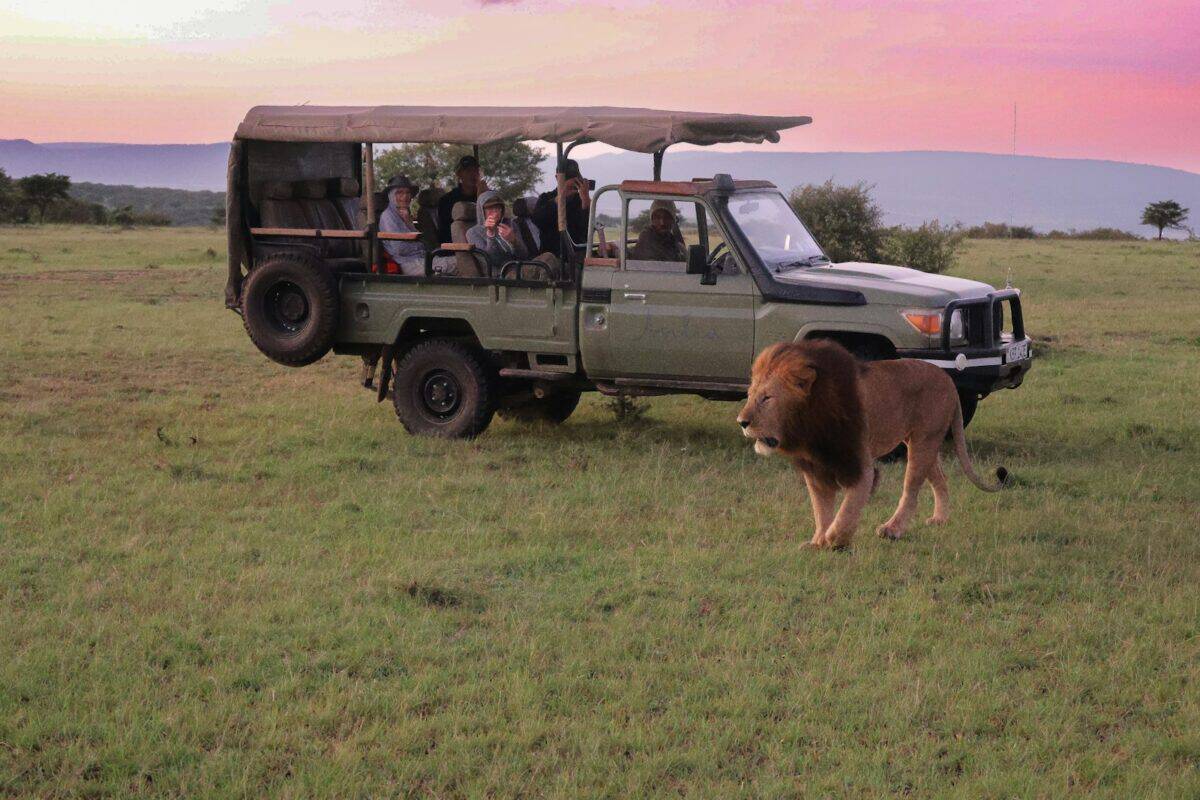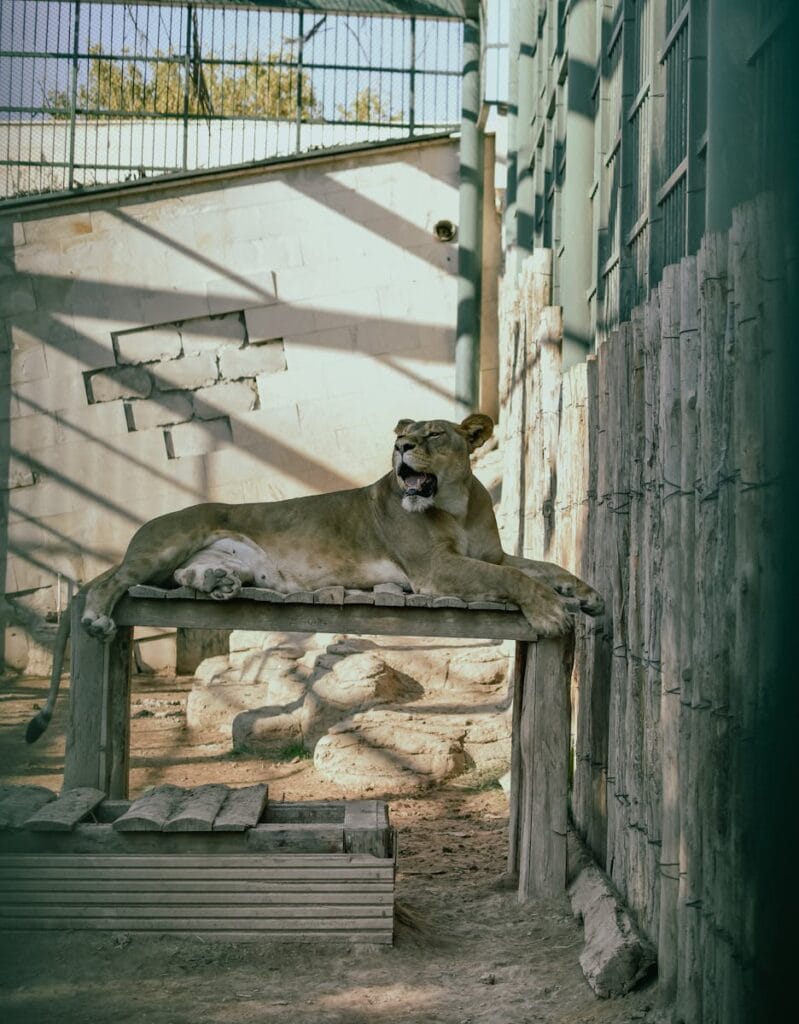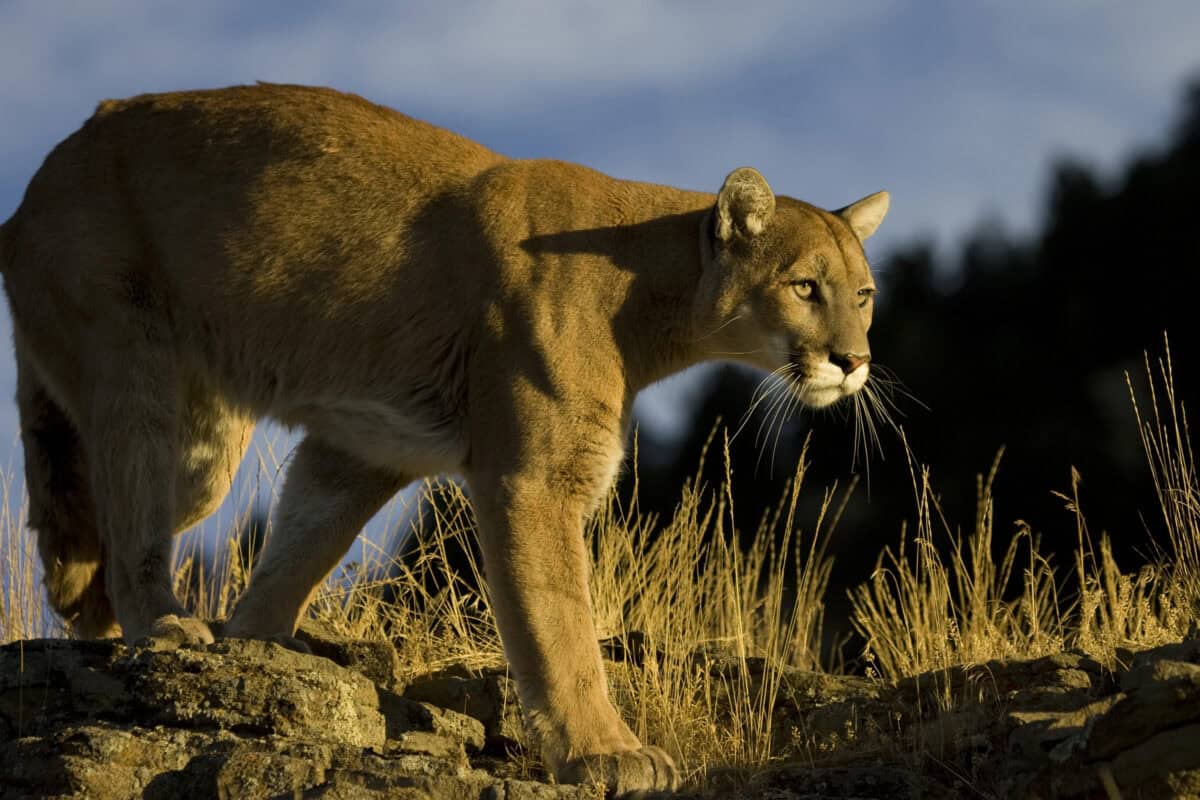The striking silhouette of a mountain lion moving silently through the underbrush is a quintessential image of the California wilderness. However, recent observations suggest that these iconic creatures are increasingly venturing closer to urban areas, raising questions about their behavior and the implications for both mountain lions and humans. This article delves into the reasons behind this trend, the challenges it presents, and the measures being taken to ensure a harmonious coexistence.
Understanding the Mountain Lion

Mountain lions, also known as cougars or pumas, are large, solitary cats native to the Americas. They are elusive creatures, well adapted to a range of habitats including forests, deserts, and mountainous regions. Despite their adaptability, California’s mountain lions are now being spotted on the fringes of cities, a phenomenon that is both fascinating and concerning.
Why Are Mountain Lions Approaching Urban Areas?

The primary driver for mountain lions encroaching on urban areas is likely habitat loss. Urban expansion reduces the available land for these predators, pushing them closer to cities in search of food and territory. Additionally, the availability of prey such as deer in suburban spaces makes these areas attractive hunting grounds.
Human Encounters: A Growing Concern

As mountain lions wander nearer to human settlements, encounters have become more frequent. While attacks on humans are rare, the presence of these big cats in residential areas can lead to conflicts, particularly concerning pets and livestock. Education on how to coexist without conflict is becoming increasingly important.
Characteristics of Mountain Lions in Urban Settings

Interestingly, mountain lions in urban settings adapt their behavior to minimize interactions with humans. These cats often become more nocturnal, hunting and moving under the cover of darkness to avoid detection. As they blend more seamlessly into the urban ecosystem, their adaptability highlights their resilience.
Impact on the Ecosystem

The presence of mountain lions close to urban environments can significantly affect local ecosystems. As apex predators, they play a crucial role in controlling the populations of prey animals, which in turn influences vegetation and the broader ecological community. Understanding these dynamics is essential for urban planning and wildlife conservation.
Conservation Efforts and Challenges

California has put measures in place to protect mountain lions, driven by their declining numbers due to habitat loss, road collisions, and other threats. Conservation efforts focus on preserving natural habitats, creating wildlife corridors, and fostering human-wildlife coexistence. However, balancing urban development with wildlife needs is an ongoing challenge.
The Role of Wildlife Corridors

Wildlife corridors are essential in facilitating safe passage for mountain lions between fragmented habitats. By connecting different habitat patches, these corridors help maintain genetic diversity and reduce human-wildlife conflict. Implementing and maintaining these corridors require collaboration between government, non-profits, and local communities.
Technology and Mountain Lion Tracking

Advancements in technology have enabled wildlife biologists to track mountain lion movements accurately. GPS collars and remote cameras provide invaluable data on their range, behavior, and interactions with human settlements, helping to develop informed conservation strategies and urban planning measures.
Public Education and Awareness

Educating the public about sharing spaces with mountain lions is crucial. Programs designed to inform people about safety tips, the importance of wildlife, and how to handle encounters can mitigate fear and reduce conflicts. Promoting awareness helps foster a culture of respect and coexistence with these apex predators.
Living Safely with Mountain Lions

For those living near mountain lion habitats, adopting precautionary measures can help ensure safety. Keeping pets indoors at night, securing livestock, and not leaving food outside are all practical steps individuals can take. Learning to read mountain lion behavior and signs can also help prevent unwanted encounters.
The Legal Framework Protecting Mountain Lions

Mountain lions are protected under California law, but this protection does not eliminate the complexities of living alongside them. Laws concerning habitat protection, hunting regulations, and road construction continue to evolve as we learn more about these magnificent creatures and their role in our shared environment.
The Future of Human-Mountain Lion Cohabitation

The future of mountain lions near urban areas depends largely on human actions. By prioritizing conservation and fostering an environment of coexistence, communities can ensure that these majestic animals remain a vital part of California’s natural heritage. As we move forward, balancing the needs of urban development with wildlife conservation will be decisive in shaping the landscape we share with mountain lions.
In conclusion, as mountain lions navigate closer to urban environments, there is an urgent need to embrace strategies that promote human-wildlife coexistence. Understanding these animals, respecting their role in the ecosystem, and taking informed actions will be key to ensuring that California’s mountain lions continue to thrive alongside their human neighbors.
- 13 Sea Creatures That Glow in the Dark - August 20, 2025
- 10 Creatures That Can Survive in the Harshest Places on Earth - August 19, 2025
- This Whale Sings in a Unique Pitch - August 19, 2025

